How Fox Hunting Saves the Land We Love
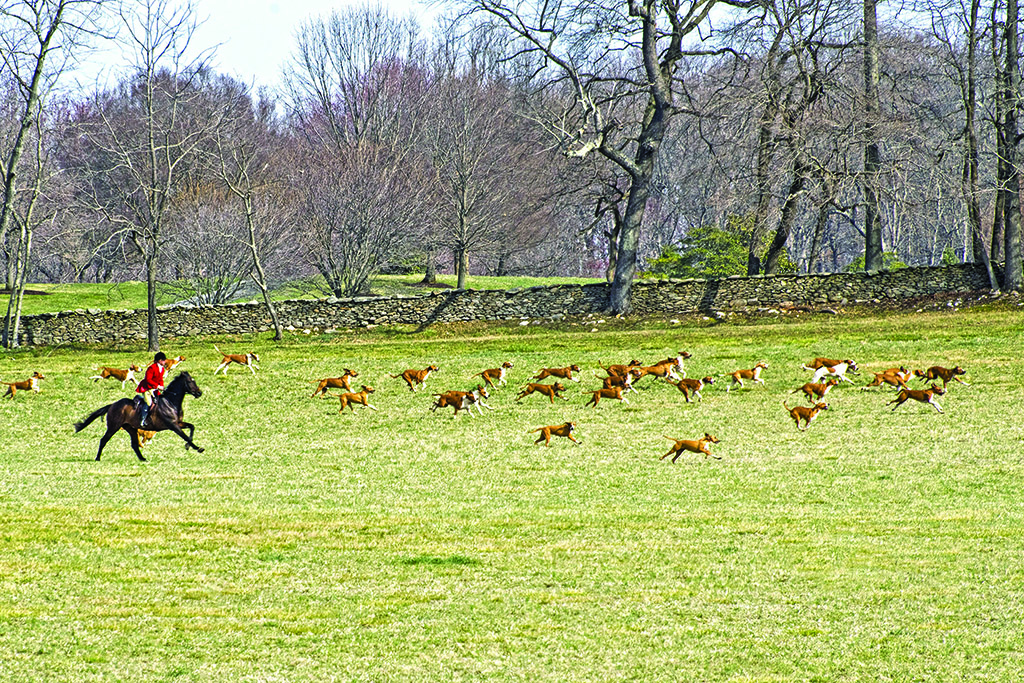
Learn how conservation groups, landowners, and fox hunts work together in Northern Virginia
Written by Heidi Baumstark | Photos by Joanne Maisano
Fox hunting isn’t just for hunters and hounds. Anyone who relishes the Virginia countryside for all its rugged beauty can give thanks for the local fox hunter and landowners.
Sure, those who enjoy the thrill of the hunt will experience the land up-close and personal through this time-honored tradition of hounds and horses chasing a fox. But, there are plenty of others who are not part of the equestrian community who revel in the glorious sights when traversing the countryside, stumbling upon historic houses, barns, ancient stone walls, and other bits of beauty along the way. It’s through a vibrant fox hunting community that land has a better chance of remaining preserved, because tens of thousands of acres in the Virginia countryside would be lost if it wasn’t for this special equestrian community.
So, what exactly is fox hunting? It’s where the horse, rider, and hound track a scent through varied terrain and wilderness. Centuries ago in England, foxes were considered nuisances because they killed small livestock and chickens, so farmers would hunt them down with hounds. What started as a necessity quickly became a sport by the rich and noble. These English noblemen added rules, regulations, and proper attire, established their own terminology, and created the hunt known today. With riders dressed in their “pinques” (or “pinks,” referring to scarlet woolen jackets to minimize blood stains), it was a sport that didn’t end well for a fox cornered by hounds. And our nation’s founder, George Washington, was a fan of the sport, keeping his pack of hounds at his Mount Vernon kennels.
But now, it’s all about the chase. Before harm is done to the fox, hounds are called off, and the fox goes underground, which usually ends the hunt. After all, the objective isn’t to kill — it’s to chase for another day, so the sport can continue.
“We’re not interested in having fewer foxes,” added Tad Zimmerman, joint master of fox hounds (Jt-MFH) at Piedmont Fox Hounds in Upperville, which was formed in 1840 and is known as the oldest fox hunt in the nation. Today, official colors and attire are still worn to maintain order in the field, and out of respect for upholding the beautiful imagery seen on the hunt field.
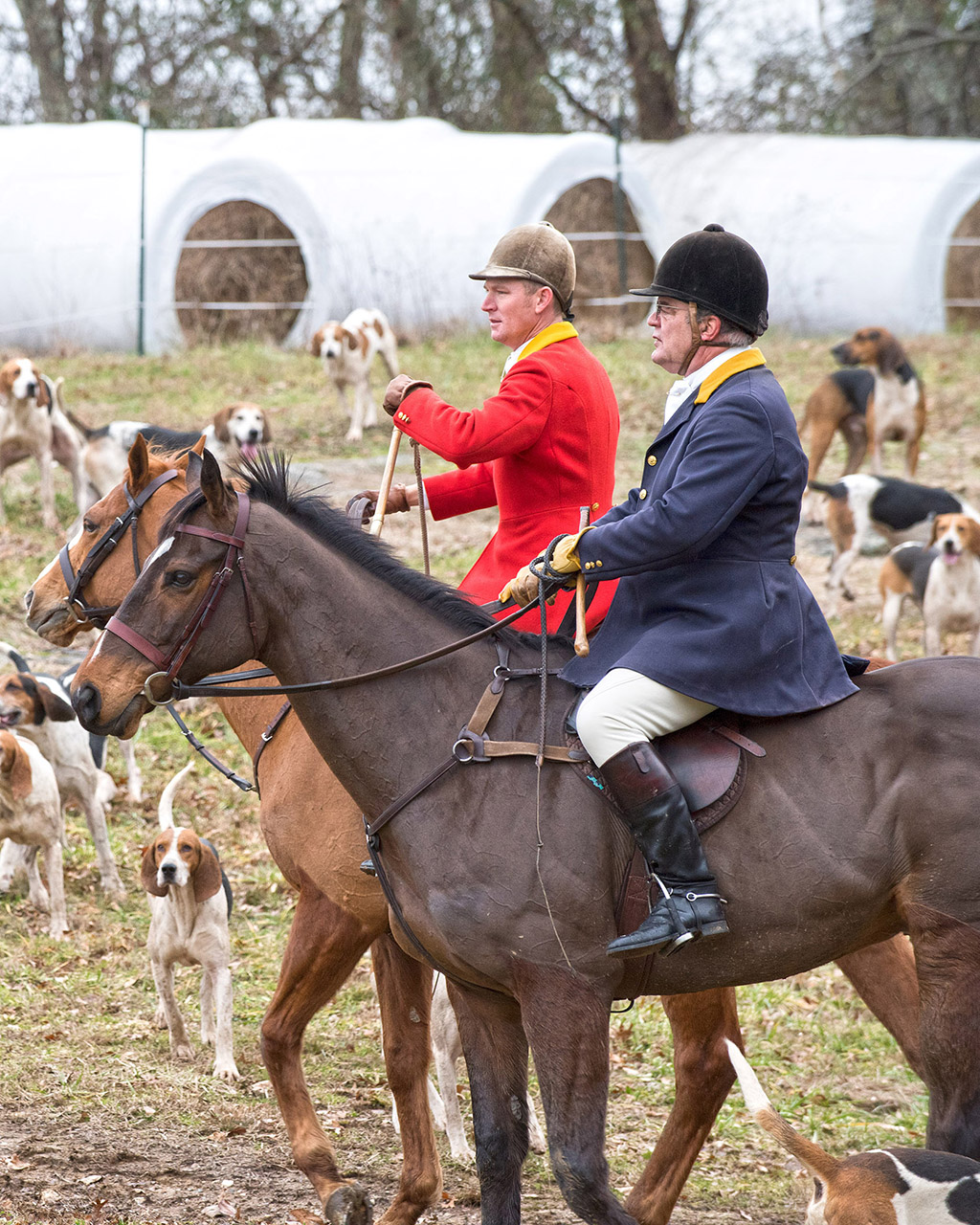
Tad Zimmerman, Jt-MFH of Piedmont Fox Hounds, with huntsman Jordan Hicks.
Fox hunting season runs from November through March for the formal season, but “cubbing” (hunting fox cubs and training young hounds to hunt) starts in October, when riders are dressed in “ratcatchers” informal wear. Regular hunts can last from one to several hours and can consist of between 20 and 30 couples (40-60 hounds), which are specifically bred for hunting. Regarding the number of hunters, some hunts have 15-25 galloping over terrain, others can have 150, but the average is 50-80 riders. There’s a huntsman, professional whipper-in, and maybe a few other whips who control the hounds. Masters (MFH) lead the hunt and the field master leads the second flight or third field. After the hunt, the camaraderie continues with a breakfast or other type of tailgate. Just what’s needed after a long ride.
Some local hunts include Blue Ridge Hunt, Loudoun Fairfax Hunt, Loudoun Hunt, Middleburg Hunt, Old Dominion Hounds, Orange County Hounds, Piedmont Fox Hounds, Rappahannock Hunt, Snickersville Hounds, Thornton Hill Hounds, and Warrenton Hunt. Unfortunately, Casanova Hunt, established in 1909, recently closed in June 2020 after its long 111-year legacy.
Many hunts started in the early 1900s when wealthy New Yorkers sought warmer climates further south. An exception is Piedmont Fox Hounds (originally called Piedmont Hunt), established in 1840 by Loudoun native Richard Henry Dulany of Welbourne, an estate dating to 1775. (Dulany also founded the Upperville Colt & Horse Show, the nation’s oldest horse show first held in June 1853.)
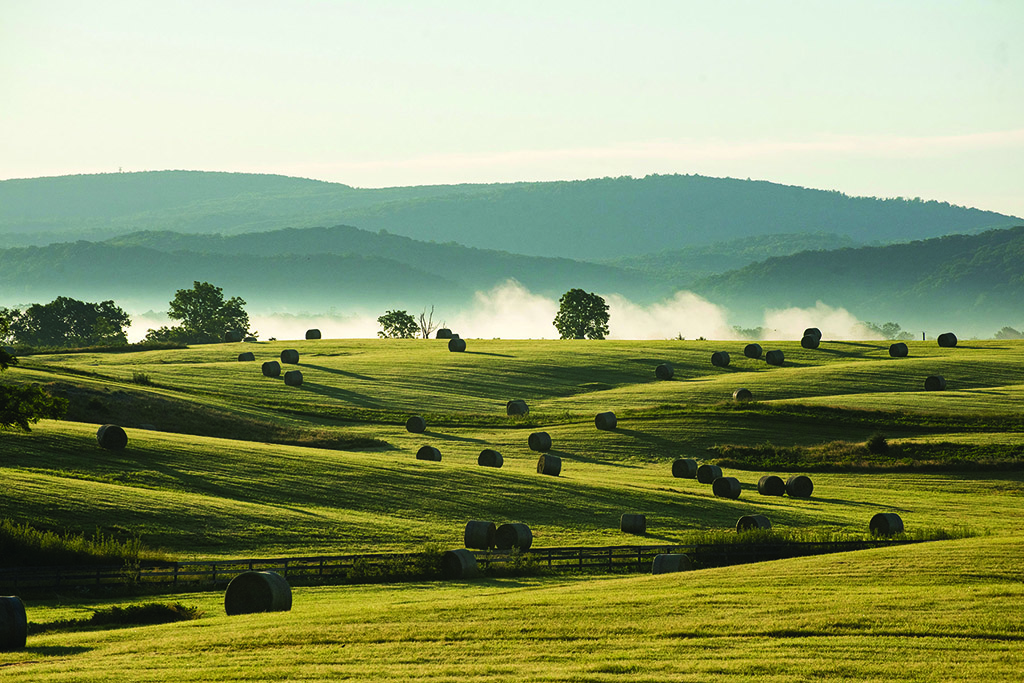
Open land that should be preserved.
Formed in 1907, Middleburg-based Masters of Foxhounds Association (MFHA) of North America serves as the governing body of organized foxhunting in the U.S. and Canada with a mission of promoting and preserving the sport and maintaining proper standards of conduct. These codes of conduct emphasize good horsemanship, camaraderie, and an appreciation of the outdoors in this seek-and-chase sport involving horse, rider, and hound.
All of this requires land — and lots of it.
Landowners who allow their property to be used during hunts are invaluable. Because “without you, we could not be,” is the sentiment of fox hunters toward generous landowners. Some of the land is owned by fellow hunters, but land is also owned by other farmers and homeowners. It’s the duty of every fox hunter to ensure this permission isn’t abused and that the interests of the landowner are protected and respected. Since fox hunting is a rural sport, its existence brings advantages to local farmers and landowners. Aside from the tradition and the character it brings, a fox hunting community is an equine community, thereby supporting local farms with an ongoing market for their grain, hay, straw, and livestock. And, of course, local tourism and restaurants profit from meals and entertainment before and after meets.

OCH hounds heading out.
MFHA is a significant promotor of land conservation. Every year, it bestows a conservation award to a deserving landowner for protecting their land. Many hunt enthusiasts and landowners have placed their property in conservation easements, which are voluntary land preservation agreements between a landowner and a land conservation organization, designed to protect the agricultural resources, open spaces, forests, or habitat that exists on the property. The landowner maintains ownership of their land. What changes is that the land is protected forever from development. And, Virginia has some of the most forward-thinking tax benefit policies when it comes to placing land in easements. There are environmental benefits, too. The public viewshed delivers intangible value — with so many tangible and intangible pluses, it’s hard to find a Virginian who doesn’t benefit from land conservation.
Some of those conservation organizations include Virginia Outdoors Foundation (VOF) in Richmond, Piedmont Environmental Council (PEC) in Warrenton, and Land Trust of Virginia (LTV) in Middleburg.
VOF was created in 1966 by the Virginia General Assembly and is governed by a board of trustees appointed by the office of the governor to “promote the preservation of open space lands and to encourage private gifts of money, securities, land or other property to preserve the natural, scenic, historic, open-space and recreational areas of the Commonwealth,” according to its website. VOF protects more than 850,000 acres of open space in 110 Virginia localities.
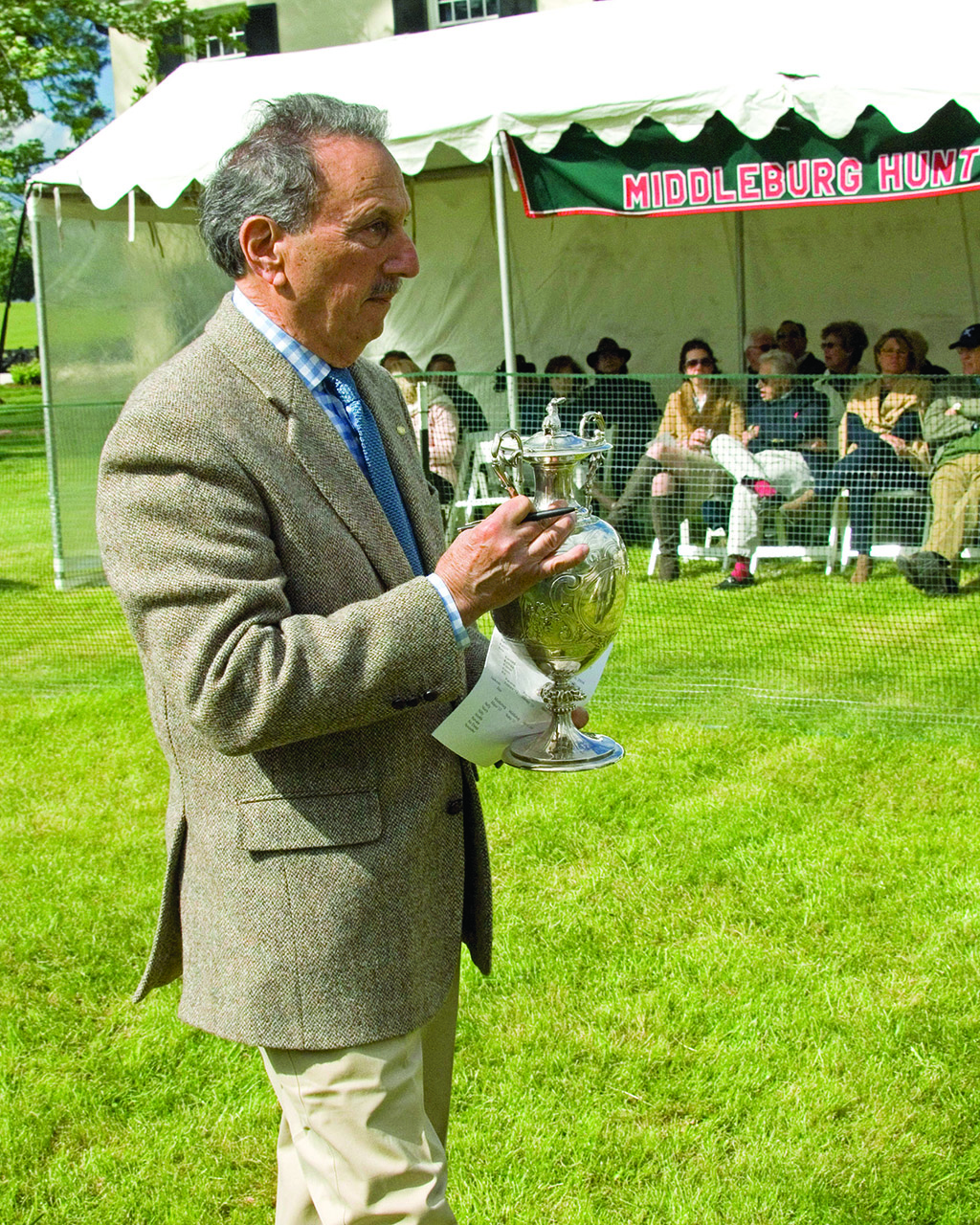
Jt-MFH Jeff Blue of Middleburg Hunt presenting an award at the MH Puppy Show at Huntland.
Founded in 1972, PEC’s mission is to promote and protect the Virginia Piedmont’s rural economy, natural resources, history, and beauty. From the Blue Ridge Mountains to the Chesapeake Bay, PEC works with citizens in a nine-county region (plus the City of Charlottesville) to conserve land, strengthen rural economies, protect historic resources, and improve people’s access to nature. Through conservation easements, PEC has helped landowners permanently protect over 420,000 acres, ensuring that the Virginia Piedmont is always symbolized by its open spaces, healthy environment, and cultural resources.
LTV is a local, trusted conservation organization that partners with private landowners who wish to protect and preserve their working farmland or natural lands for the benefit of the community, using conservation easements that protect open space, farms, forests, rivers, streams, battlefields, vistas, and historic sites in perpetuity. LTV’s first easement was donated in 1998 in the northwestern section of Loudoun near historic Taylorstown. Now in 18 Virginia counties, LTV holds 198 easements totaling 22,670 acres, according to August 2020 figures. Loudoun leads with 106 easements consisting of 9,316 acres. Fauquier follows with 43 easements, totaling 5,023 acres.
Steffanie Burgevin is a member and landowner of the Blue Ridge Hunt (BRH), formed in 1888 in Clarke County, where she owns a farm she placed an easement on in 2016. BRH uses her farm for hound and horse exercise, as well as hunt meets. She’s also been on LTV’s board for 14 years.
“They can’t get rid of me,” she said, joking. “I started fox hunting with Fairfax Hunt in the 1970s when Ashburn was just farmland. I never dreamed that developers would want this soggy hard-to-perk ground. This was my first wake-up call to how important open space was to the sport of fox hunting. Fairfax Hunt moved west to the area around Philomont and Purcellville. Again, developers followed us. The nascent land conservation efforts caught my attention in the early 2000s.”
Organized foxhunting in Northern Virginia only exists because landowners saw the future and put their farms in easement.
“Look at Dr. Joe Rogers in Hamilton, or Dot Smithwick in Middleburg, or Paul Mellon in Upperville, and many, many others,” Burgevin said. “With these large landowners, others followed. This conservation not only preserves open space, but provides home for wildlife, land for crops and grazing, filters water, and helps cool the temperature. I would urge readers to support the local land trust by contributions, volunteering, and attending educational webinars.”
“Anyone who feels safe is a fool,” Jeffrey Blue said, regarding the surety of land. He is a Jt-MFH of Middleburg Hunt that was established in 1906. “You have to always stay on top of it. Yes, you need open space for fox hunting, but some of the land is not even hunted on, but still creates open space for everyone’s enjoyment. We’re passionate about the beauty of Virginia and its rural landscapes. And, the state makes it attractive because of tax benefits for landowners to place property under easements, keeping land forever protected.”
Every year, the Middleburg Hunt is on full display with hounds and horses parading up and down Washington Street at the town’s annual Christmas in Middleburg celebration held the first Saturday in December.
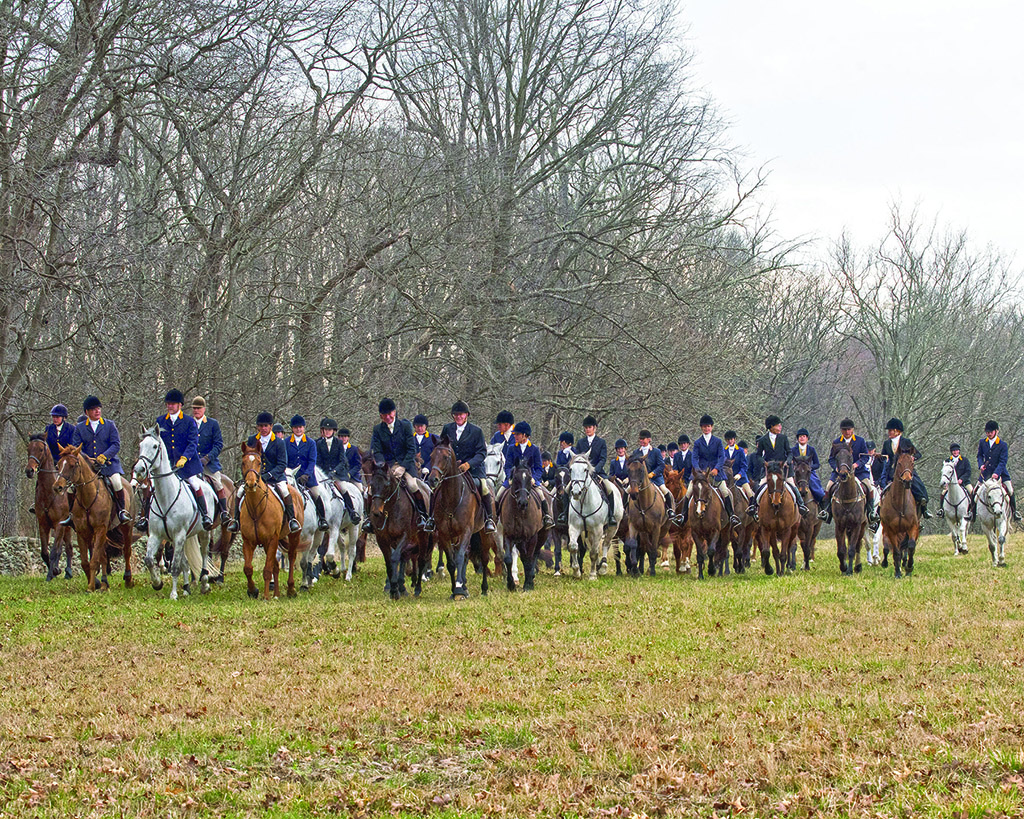
Jt-MFH Tad Zimmerman, Shelby Bonnie, and Gregg Ryan of PFH lead the first field.
Tad Zimmerman is going on his 19th season as Jt-MFH of Piedmont Fox Hounds (PFH). “For 180 years [1840-2020], we’ve been able to go on our neighbors’ land,” Zimmerman said. “The leadership in land conservation is primarily fox hunters. Actually, the founders of PEC were fox hunters. Fox hunting was the driving passion for these people and still is today.”
Zimmerman and his other joint masters graze cattle and actively farm their own lands. They encourage others to maintain productive use of the land in order to preserve it. Since most of their subscribers are landowners, they know their neighbors and have a mutual respect to take care of the land.
At their Upperville property, PFH built a new kennel in 2015 for its 175th anniversary. Its 90-acre property is under conservation easement, and corn and soybeans are grown so it’s actively farmed.
“It’s important to keep the land in productive use,” Zimmerman said. PFH also offers internships in their stable and encourages fox hunting among the youth, so future generations will follow hounds across the open country.
“If there’s one thing I want to get across, it’s how very grateful fox hunters are to landowners; we are acutely aware of their generosity,” Zimmerman said. “Without them, we couldn’t do this. I think everyone who lives here appreciates that and understands the role fox hunting plays in the community. We’re lucky.”
Clearly, fox hunting thrives on interwoven relationships relying on healthy, vibrant connections between hunters, horses, foxhounds, landowners, and the public. Without them, every-day thrill seekers — in search of a good road trip — can enjoy their own type of hunt. ML
To learn more about MFHA and various local hunts, visit mfha.com.
This article was first published in the September 2020 issue of Middleburg Life.


